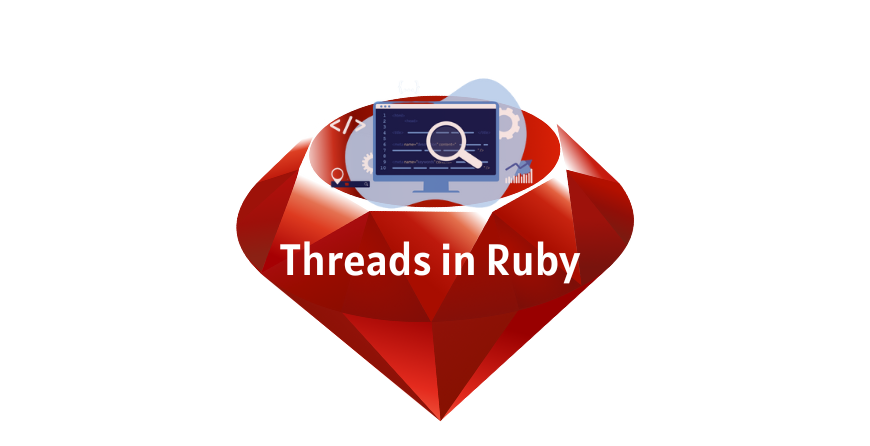A special culture, a new mindset across all levels, disciplines, and functions – the perfect blend for successful innovation and growth.
Irrespective of your industry, having the right team holds significantly instrumental in taking the business to the top tier. A team can either make or break your profitability. Choosing the right team is one of the biggest challenges in developing a high-growth company.
To stay in the competition, existing companies must adapt to the rapid pace required for successful innovation. One of the most powerful ways of doing this is to take advantage of agile talent, high-level freelancers, consultants and independent staff who add fresh insight, bandwidth and specific knowledge.
Today, many large organizations are looking for internal innovation by utilizing the talents of their best employees. But, emphasizing solely on in-house talent is a missed opportunity. Teams can be strengthened by agile talent with the best features of both worlds – sufficient speed and precision skills to act promptly on disruptive opportunities, while retaining a deep connection to consumer needs and minimizing the risk of obstructing projects.
If you want your company to experience rapid growth, only the right people will help you achieve it. The team that you choose to carry out your company’s mission will determine its final outcome. But what are the factors that you should consider while building your A-team?
Cooperative Teamwork
Teams dissent with relation to the standard of their cooperative team method.
The standard of cooperation, however, will be perceived and assessed solely indirectly.
Six sides of the cooperative work method in groups comprehensively describe the standard of cooperation. These six facets are communication, coordination, the balance of member contributions, mutual support, effort, and cohesion.
Communication
Communication provides a way for the exchange of data among team members. The standard of communication among team members will be represented in terms of the rationalization, structure, and openness of the data exchange.
The degree of rationalization describes, however, ad-lib team members should be able to converse with one another.
Communication needs an oversized quantity of preparation for the formal, as well as informal. Additionally, it’s necessary for the standard of collaboration in groups that team members are able to communicate directly with all alternative team members because the exchange of data through team leaders should be on time and attainable for faulty transmission.
Coordination
While groups should work in front on elementary aspects of a standard task, several activities within the task method ought to be delegated to individual members acting on parallel subtasks.
One necessary part of the standard of collaboration in groups is the harmonization and synchronization of those separate contributions. To try to do this effectively and with efficiency, groups got to agree on common schedules, budgets, and deliverables.
Thus, coordination implies the groups ought to develop and agree upon a standard task-related goal structure that has sufficiently clear sub-goals for every team member, free from gaps and overlaps.
Balance of Member Contributions
It is necessary to the standard of cooperation that each team member is ready to contribute all task-relevant information and skill to the team.
Therefore, it’s thought of essential to cooperation quality that contributions to the team task are balanced with relation to every member’s specific information and skill. Whereas not everybody should herald the precise same variety of ideas, nobody ought to be restricted in presenting and contributing relevant information to the team.
Mutual Support
The intensive collaboration of people doesn’t depend upon a competitive frame of mind. Rather, it relies on a cooperative one.
For mutually beneficial tasks, mutual support is a lot more productive than are the forces of competition. Thus, team members acting on a standard goal ought to show mutual respect, grant help once required, and develop alternative team members’ ideas and contributions, instead of making an attempt to outdo one another.
Competitive behaviours in a team result in distrust and frustration, whereas mutual support fosters the combination of team members’ experience and is, therefore, a dominant side of the standard of collaboration in groups.
Effort
Team norms relating to the hassle of team members are of explicit importance to the cooperative team method. Work sharing and prioritizing of the team’s task over alternative obligations are indicators of the hassle team members exert on the common task.
In order to realize high cooperation quality and avoid conflict among team members, it’s necessary for everybody within the team to understand and settle for the work norms regarding decent effort. A uniformly senior level of effort by all team members is primary to the standard of collaboration.
Cohesion
Team cohesion refers to the degree to stay within the team. Sensible cooperation will hardly be achieved while not associated with an adequate level of cohesion.
If team members lack a way of intimacy and happiness, if there’s very little want to stay in the team, then intensive collaboration looks unlikely. The associate’s adequate level of cohesion is important to take care of a team, to have interaction unitedly, and therefore to make the premise for prime cooperation quality.
Cooperation Quality and Team Potency
An absence of collaboration inside the team results in duplicated efforts that impede the team’s ability to complete its project within certain schedule and budget constraints.
It, therefore, becomes essential that leaders make an effort to establish practices for team collaboration. Building a shared mentality for spread and digital groups promotes a standard identity and customary understanding. This could be developed by setting team goals, providing a shared data context, and informing the aim of the team, almost like team development in ancient workplace settings. Events like virtual low chats and remote workplace hours ought to be maintained likewise going forward, to proactively connect in-office and remote employees.
Due to the constant changes, it’s necessary for team members to collaborate to a high degree to upset these frequent changes. Team members ought to meet the sharing data regarding a way to execute the succeeding tasks, to search out what alternative team members face, to upset disruptions, and ultimately, to make sure that the project is on the right track. Additionally, high levels of collaboration offer opportunities for team members to upset uncertainties by permitting team members not solely to determine objectives and set up courses of actions to succeed in such objectives, but also to conjointly often revise these plans within the face of uncertainty.
Tasks are allotted to people, and expectations for performance are observed. Given such an additional programmable task setting, high cooperation quality is a smaller amount necessary. Thus, if groups do interact in high degrees of collaboration in moderately innovative ways, it is leading to very little or no extra profit to the team’s schedule and budget performance. In such comes, team members are additional seemingly to be able to set up the project at the beginning and so target execution that set up, instead of having to return and revise their work approach and project designing incessantly, as is additional seemingly the case in extremely innovative comes.
Team Effectiveness
As team members share task-relevant data brazenly inside the team and grant one another help, team members develop a more overwhelming sense of civic responsibility for achieving the collective team goals.
Teamwork quality, however, becomes necessary to a team’s ability to deliver the specified product quality in cases wherever advances cause elevated levels of task originality. In extremely innovative ways, the pace of modification is fast, extreme, and unpredictable. To make sure that the project’s qualitative performance expectations are met. Team members ought to convene often to assess the character of such changes by examining wherever the project goes, what new issues have arisen, and what problems ought to be treated.
Additionally to the improvement of data sharing, team collaboration conjointly permits the team to share the abilities necessary for successfully completing the project. This collaboration is important so as to boost the synergistic potential among the varied mutualistic components of a project. As such, it’s terribly crucial for team members to collaborate (i.e., communicate task-relevant data, offer support and experience, etc.) to face such a dynamic setting and to make sure the teams’ project goals are achieved.
By sharing skills and data, an extremely cooperative setting makes it seem that team members will upset the uncertainties, ambiguities, and disruptions to achieve a winning outcome.
Final Takeaway
Innovation emanates from imagination, but to promote creativity, a certain amount of structure is required. The secret to creating a good team for innovation lies in getting the correct balance between imagination and structure.
Companies must learn to embrace a culture of mixed talent for rapid innovation and think of new ways to build teams by combining diverse skills. Only by engaging in experimentation and thinking outside the box will help the organizations to survive in this new age of upheaval.







